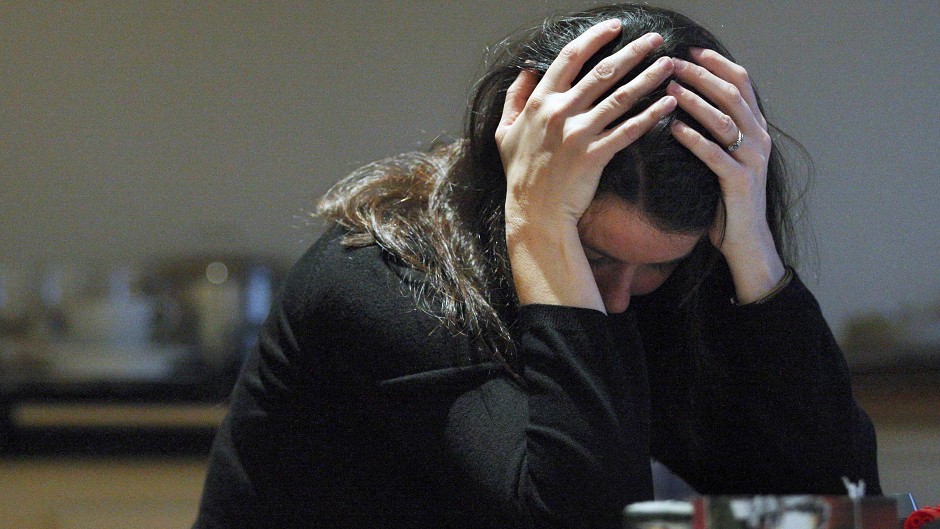The number of children admitted to hospital for harming themselves in the Highlands and Argyll has doubled over the past five years.
And last year’s figures show that more than a third of the 76 admissions to NHS Highland’s hospitals involved 15-years-olds and that 88% of them were girls.
But a spokesman for NHS Highland pointed out that there were fluctuations in the five-year figures, which showed it was not a clear upwards trend.
He said: “Perhaps the most significant figures concern the high numbers of females as opposed to males being admitted, which perhaps reflects wider societal pressures relating to body image.
“The board now employs mental health workers to provide education to staff working within schools, which includes input for programmes attempting to tackle low self-esteem and body issues.”
The spokesman added that work carried out by the health board’s public health department showed self-harm to be the biggest mental health issue for young people of secondary school age.
He said: “We’re taking this very seriously and working with our partners in Highland Council and the third sector.
“We will be sitting down together in March to look at how we better support and understand young people and those working with young people in their daily lives, including their parents or carers.”
Nigel Henderson, chief executive of the Penumbra mental health charity, said young people sometimes used self-harm as a “private coping strategy” to avoid contacting services or because they did not know where to go for help.
He said: “Problems at school, parental pressure to succeed or feeling of low self-esteem, alongside changes in local authorities’ services, welfare reform and local youth unemployment, may all have had an impact on the figures.”
And ChildLine Scotland recently reported that counselling sessions on self-harm with 12 to 15-year-olds had increased by 20% in the past year.
A Scottish Government spokesman said it acknowledged that demand for children and adolescent mental health services was increasing.
And he pointed out that funding for mental health services had been protected.
